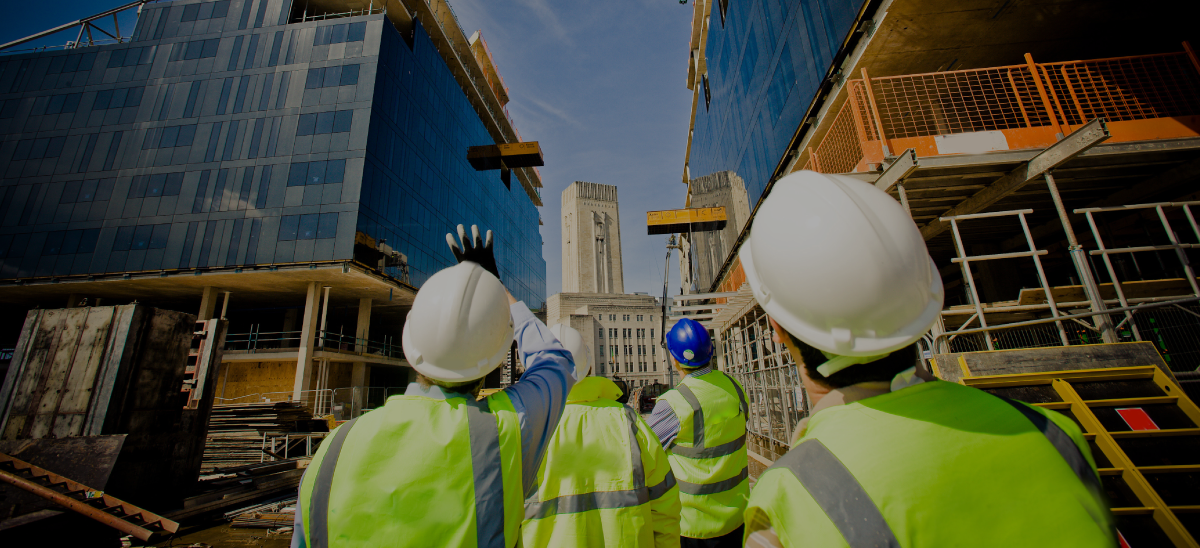
PUBLISHED
Septeber 8, 2015
WRITTEN BY
Victoria Formosa
Since Kevin Ashton coined the term “Internet of Things” (IoT) in 1999, the term and the concept have significantly grown in popularity.
The ‘IoT’ is defined as a “network of physical objects or ‘things’ embedded with electronics, software, sensors, and connectivity to enable objects to exchange data with the production, operator and/or other connected devices based on the infrastructure of International Telecommunication Union’s Global Standards Initiative.”[1] After LG introduced the world’s first smart refrigerator: the Digital DIOS in 2000, IoT innovations have sky rocketed. Microchips and wireless sensors have completely revolutionized inventory management by removing the need for hand counting, Nest thermostat has automatically regulated home temperatures, and Google has introduced self-driving cars.
The IoT is helping many businesses and consumers be more efficient and effective with day-to-day operations and tasks so it would only be logical to assume that there must be a way the IoT could do the same for high risk industries.
Related: The Impact of Technology on Health and Safety
A 2015 McKinsey Global Institute study evaluated the impact that IoT could have on the mining and construction industries globally. The McKinsey study discussed how companies in these industries could be looking at $160 billion of savings, resulting from: driverless trucks in the resource industry and Just-In-Time subcontractor scheduling in the construction industry.
Beyond the savings through productivity improvements, a more critical area for continuous improvement in mining and construction industries is emerging: the impact of IoT on workplace safety. Estimates from the report suggest that incidents and associated costs could be reduced by 10-20%[2].
But the question is, how?
Here are two tangible ways that the IoT could reduce workplace incidents and fatalities in high risk industries:
- Real Time Sensors to Monitor Behavior
Embedded “wearable” technology is becoming more common for every day consumers, particularly in sports apparel with the widespread use of health tracking devices like Fitbits. This consumer trend is expected to extend to the business world as companies figure out ways to use similar technology to protect their greatest asset – their people. These innovations are seeking to eliminate extreme risks from non-conformances or mobilize crews in the case of sudden events.
Real Life Example: Two oil companies fitted employees on drilling platforms with wearable devices that track their location, activity and exposure to chemicals. By limiting exposure to harsh conditions and ensuring that employees are getting the rest they need, the initiative reduced sick time over 40%2.
- Condition Based Maintenance Processes
Today, most equipment is put on a preventative maintenance schedule and followed up accordingly. Sadly, many companies are still using paper processes for this, which stifles the continuous improvement process and wastes valuable time. However, even if the paper processes are well executed and feed into your corporate dashboards, they will only be as good as the manufacturer’s specs which layout the maintenance plan in the first place. This is a rule-basedprocess, which “can be costly for operators in two ways – performing maintenance when it is not needed and missing developments between intervals that could lead to breakdowns or damage to equipment [or injuries].”2
An ideal alternative to these rule-based processes would be a condition-based maintenance process which takes into account factual data from the equipment itself and thousands of pieces of same equipment from the around the world, combined with updates to specifications from the manufacturer. Rather than relying on tolerance probabilities the manufacturer estimated years ago, real-time and historic data can be leveraged across thousands of equipment operators to optimize the maintenance schedule. In addition to the health and safety benefits, it is expected that this IoT innovation could reduce total maintenance costs by 10%, which translates into major savings for most operators.
We’re not far off from this: IoT is here to help link your equipment and people to the cloud to ensure that the broadest set of facts are used to help you and your crews make the best decisions, mitigate risk, and find opportunities for improvement. In other words, a higher velocity continuous improvement cycle is possible through IoT with great cloud software supporting it.
Best-in-class SaaS providers are performing regular research and development to ensure that innovations in IoT will sync with their cloud software to improve the continuous improvement systems for hazardous industries in particular. The great thing about having flexible cloud software is that you don’t have to develop all of it on your own; rather, you can take advantage of what others develop and ensure it seamlessly speaks to your corporate systems so that you have one “center of truth” to protect your people, assets and customers.
Improve Your Training
Management
Reduce the administrative burden
by automating your process.
Check Out The 5 Tech Trends That Are Transforming EHS Management.
READ WHITEPAPER →